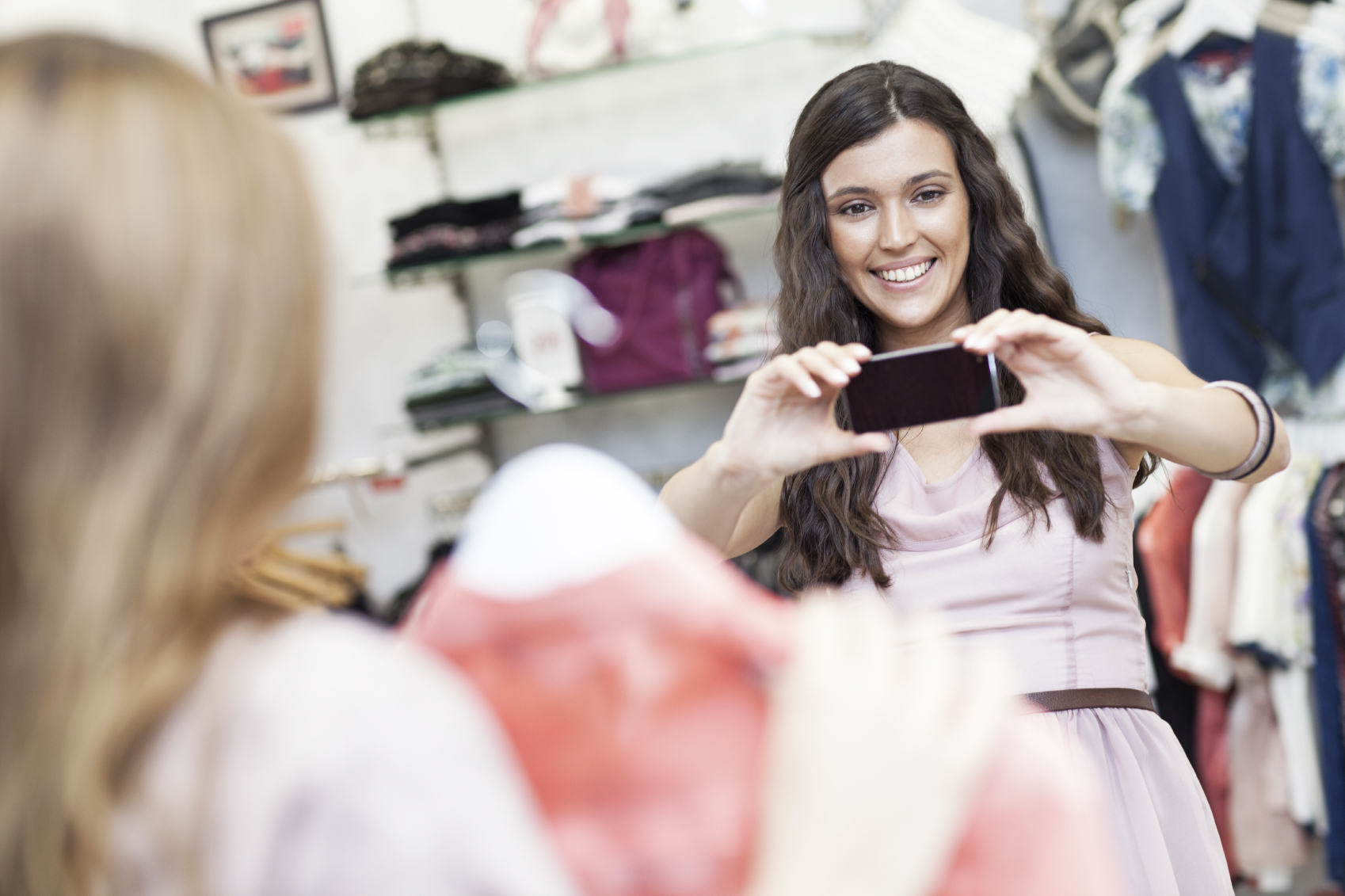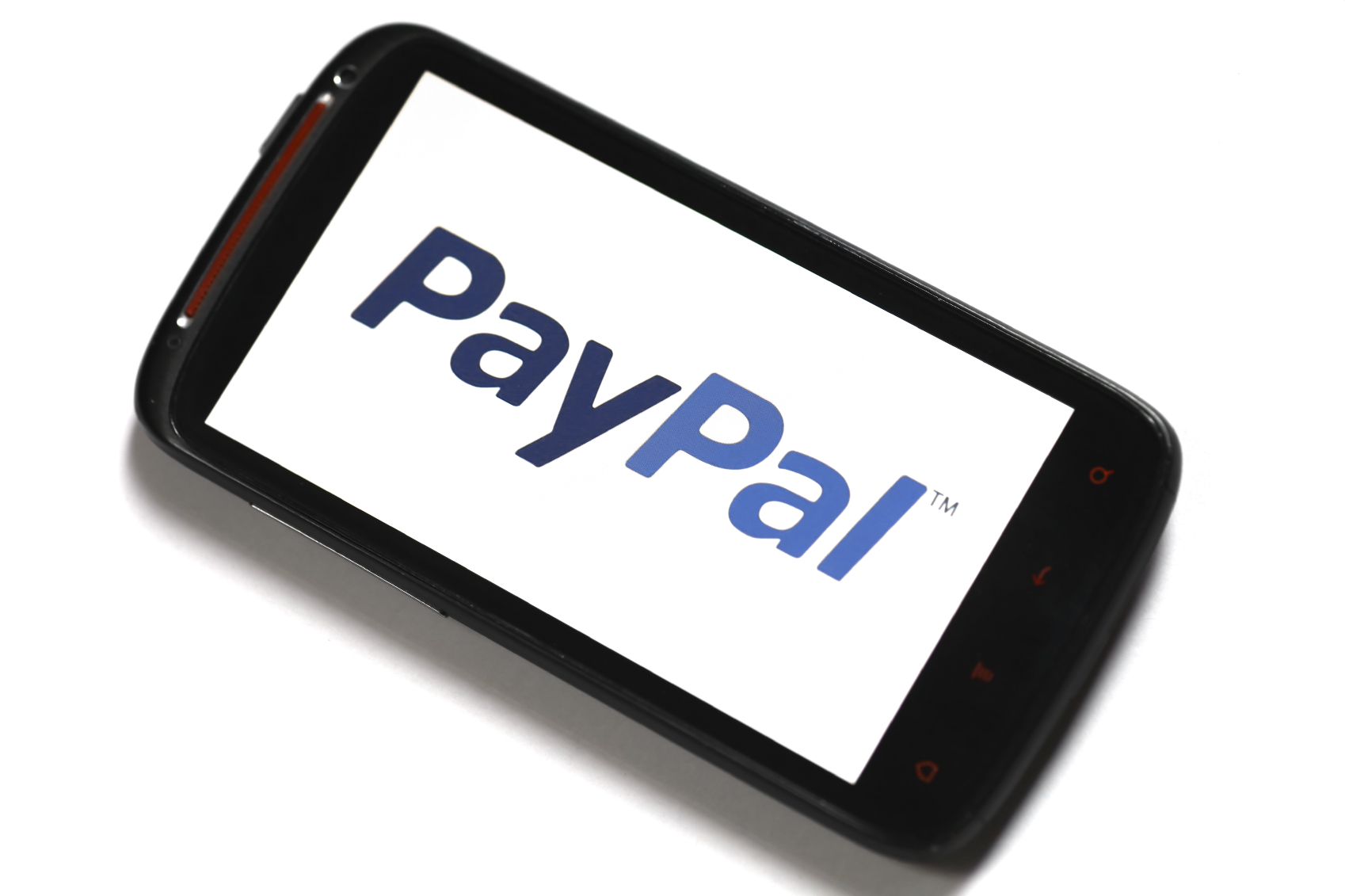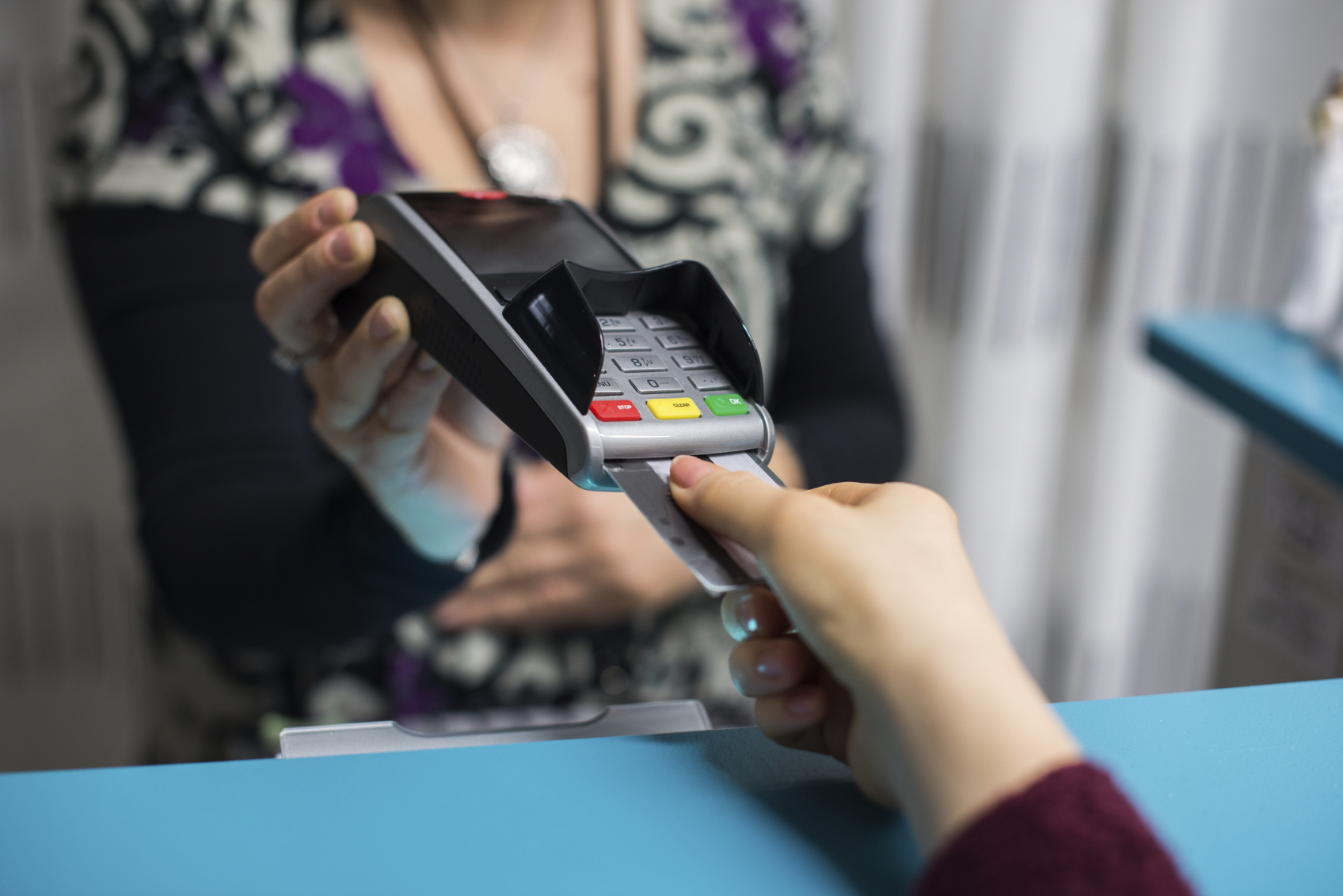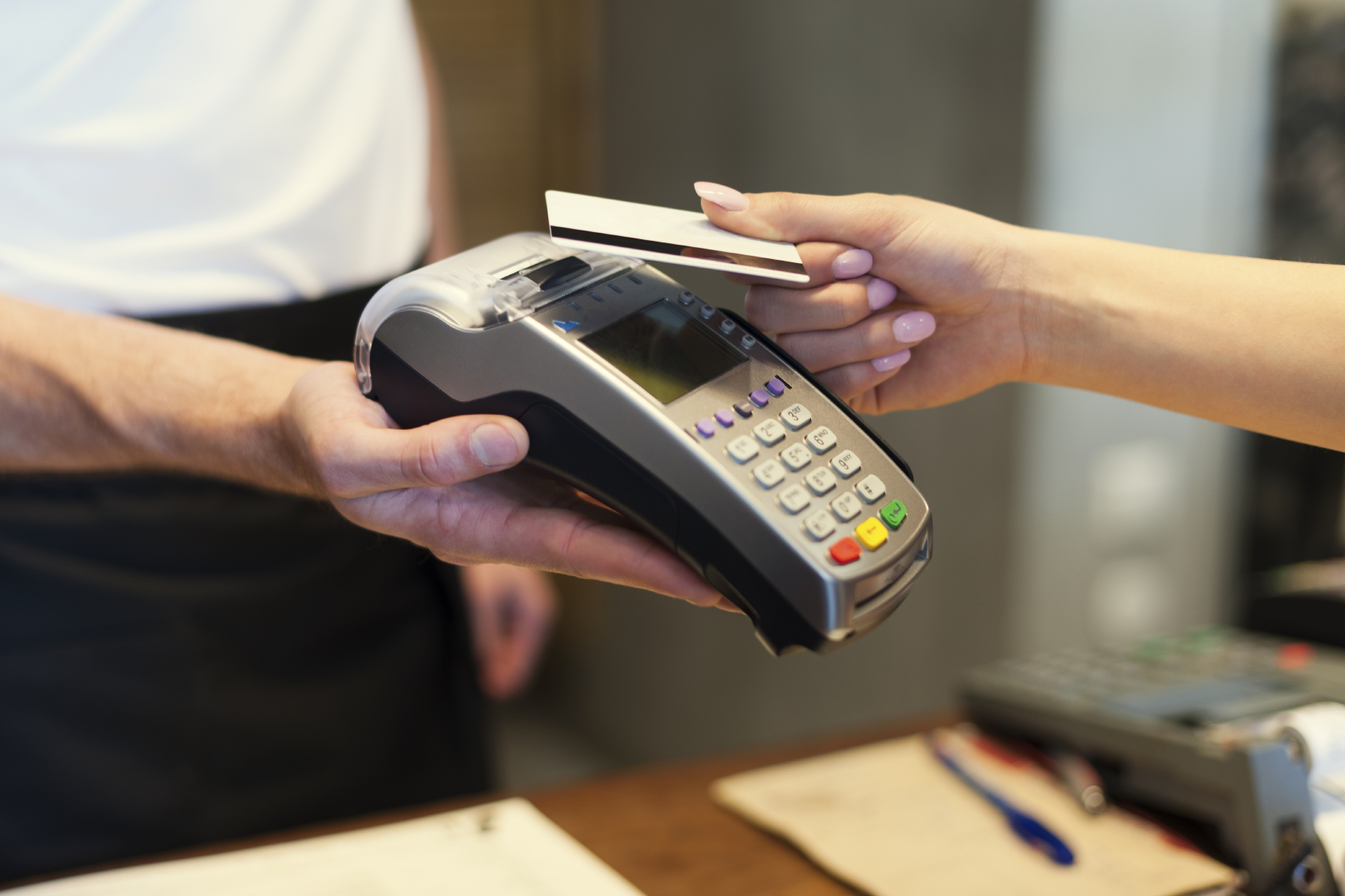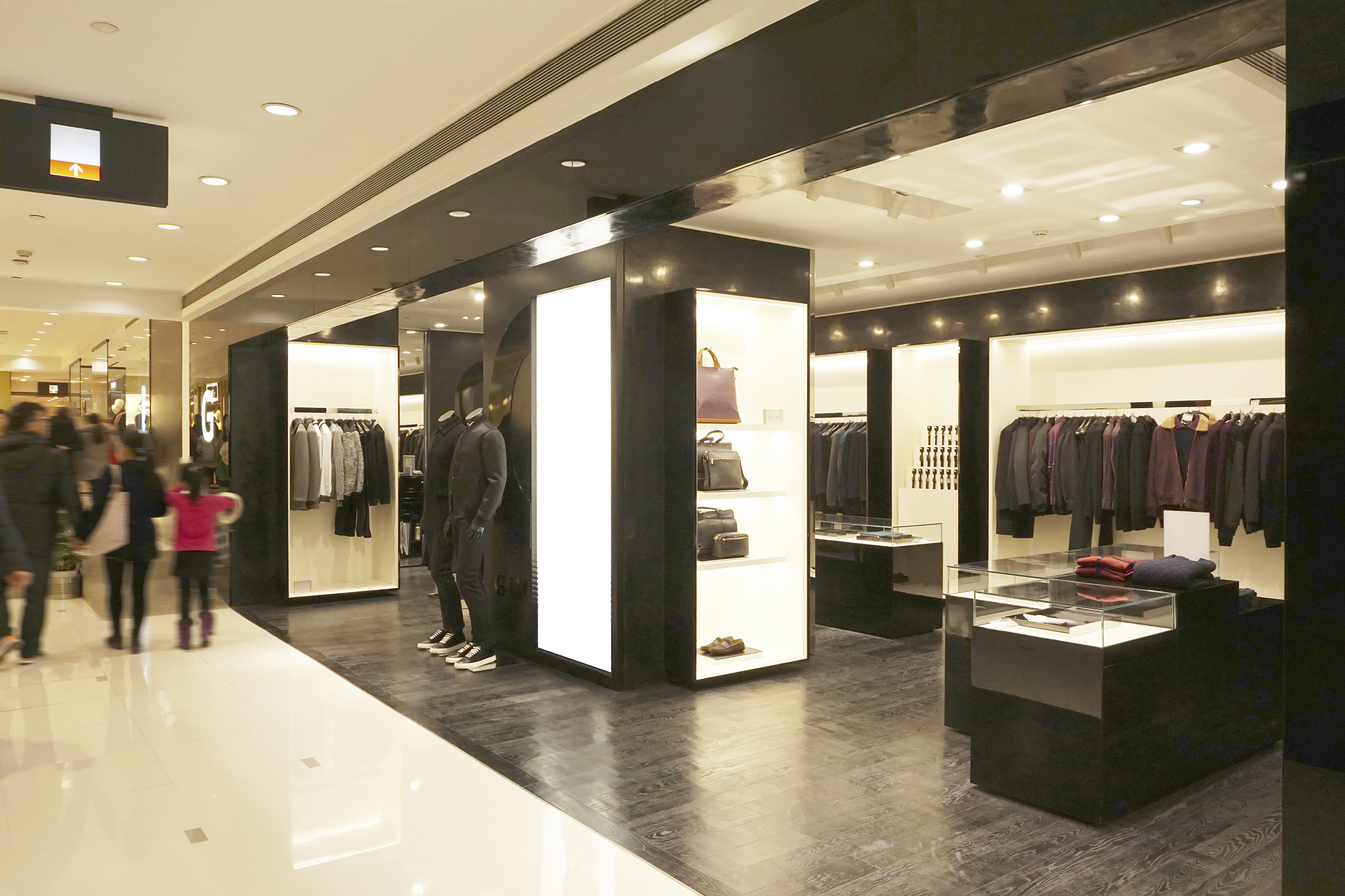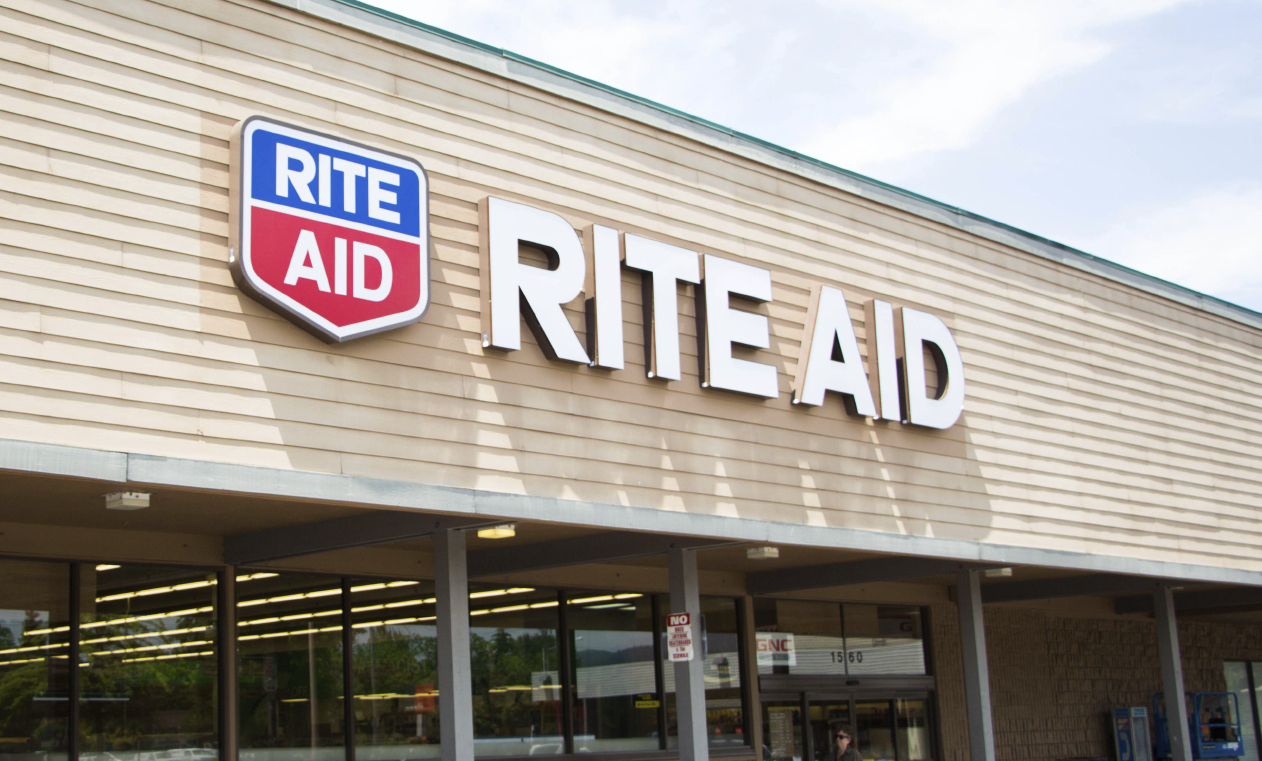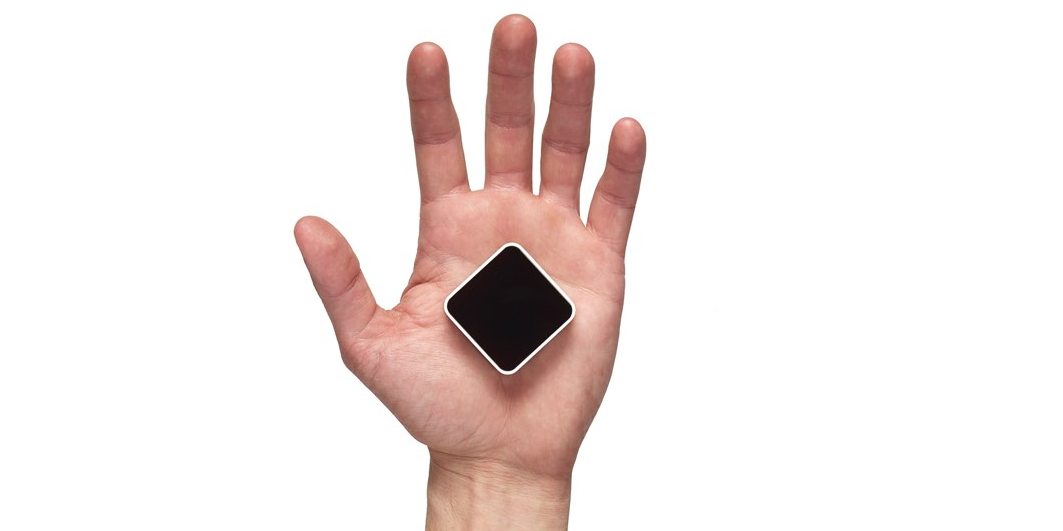What Happened
Luxury department store Neiman Marcus has teamed up with Slyce, a product-discovery platform, to allow users of its retail app to search for items with images instead of texts. Shoppers can either upload a photo from their phone or snap one of a certain product, and Neiman Marcus’ branded app will serve up both the exact item and some similar ones that the retailer carries.
What Brands Should Do
Visual search has long been a great breakthrough point for retail and ecommerce brands seeking to connect their physical and digital assets. A recent example would be Amazon’s great “Firefly” feature on its poorly-received Fire Phone, which promises to identify any object in the real world and facilitate buying through Amazon. For retailers, visual search could lead to better product discovery, boosting sales while also providing customers a better in-store experience.
Source: Digiday
